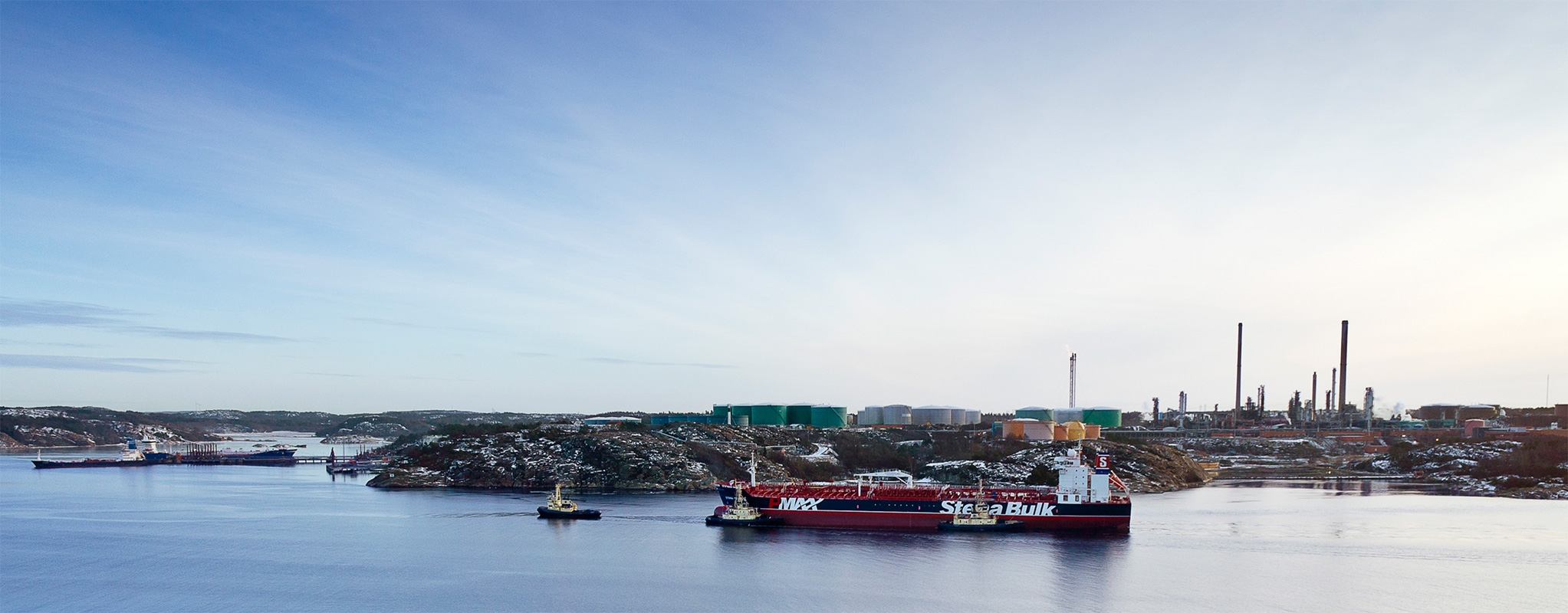Extension of OPEC’s production cuts
At its meeting on 1 July 2019, OPEC decided on a 9-month extension of the production cuts that were introduced at the beginning of 2019. The decision, motivated by increased geopolitical concerns, has a twofold purpose which is to drive down stock levels further and create a market balance that brings higher and stable oil prices. OPEC’s partners, of which Russia is the largest, have also signed up to the agreement. Together with OPEC they account for production of about 50 million barrels of oil per day, i.e. half of world production.
We previously voiced our expectation that this meeting would decide on a gradual return to a normal production rate. This has not turned out to be the case.
However, we still believe that OPEC will reconsider its decision later this autumn. A continuing reduction in output would create OECD oil stocks corresponding to just 55 days of consumption – which is neither desirable nor sustainable.
The current decision does not affect our generally positive view of market development going forward, but the big upturn may come a quarter or so later than we hoped and believed. We expect to see the gradually stronger market continuing in autumn 2019. In addition to positive fundamental factors, namely continued high demand for oil and increasingly lower net tanker fleet growth, both extensive US exports and the consequences of IMO 2020 are also helping to create exciting conditions.
In the first half of 2019, the tanker markets have produced levels that are 50-100 percent higher than in the same period in 2018. So, although the market is still relatively weak, it has been higher and more volatile than in the first half of 2018, as we previously communicated.
In June, we saw a positive trend in most market segments. The market is generally tight and it does not require much for the rates to go up. A clear example is the fire that occurred at one of the largest refineries on the US east coast in June. As a consequence, there has been a sharp increase in demand for imported petrol, resulting in rising rates. As we enter July, activity at most refineries is also expected to increase again after an extended period of closure due to conversion work and preparations for IMO 2020.
To reiterate – we are highly likely to see a gradual market improvement during autumn. Until then, hang in there….
Gothenburg, July 2019
Kim Ullman, CEO

